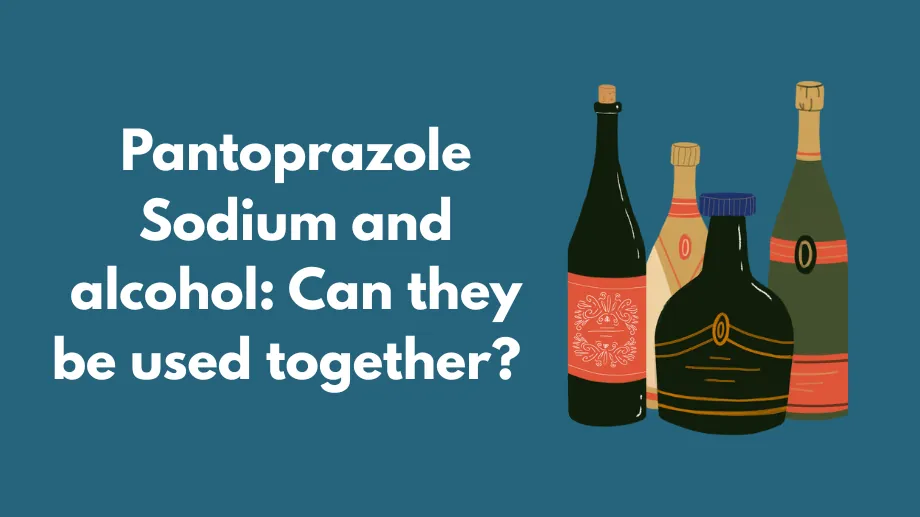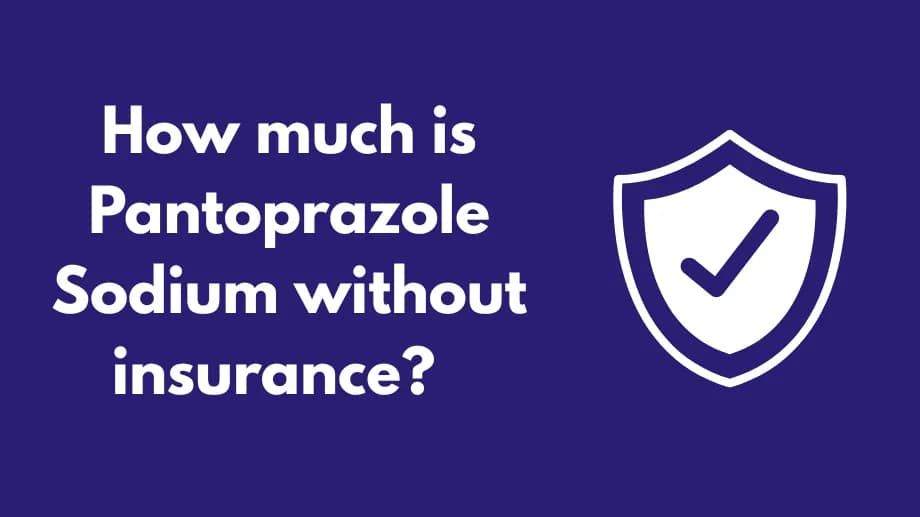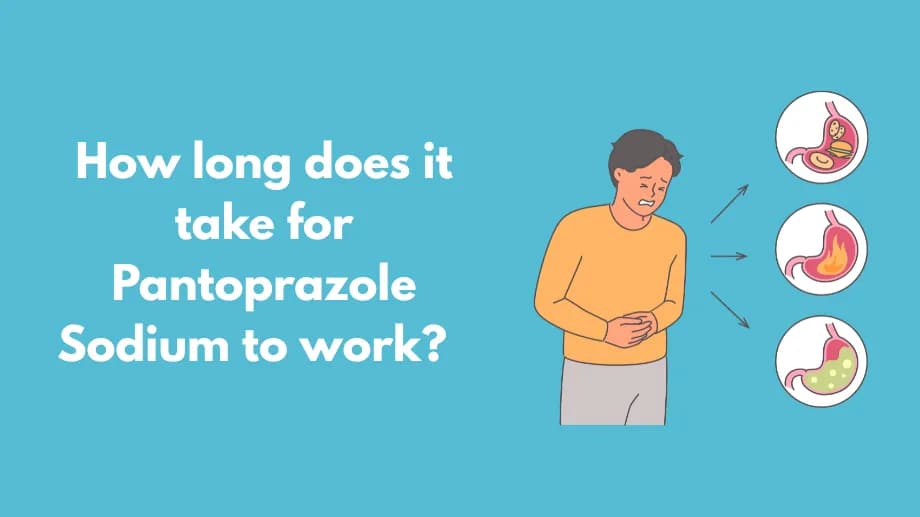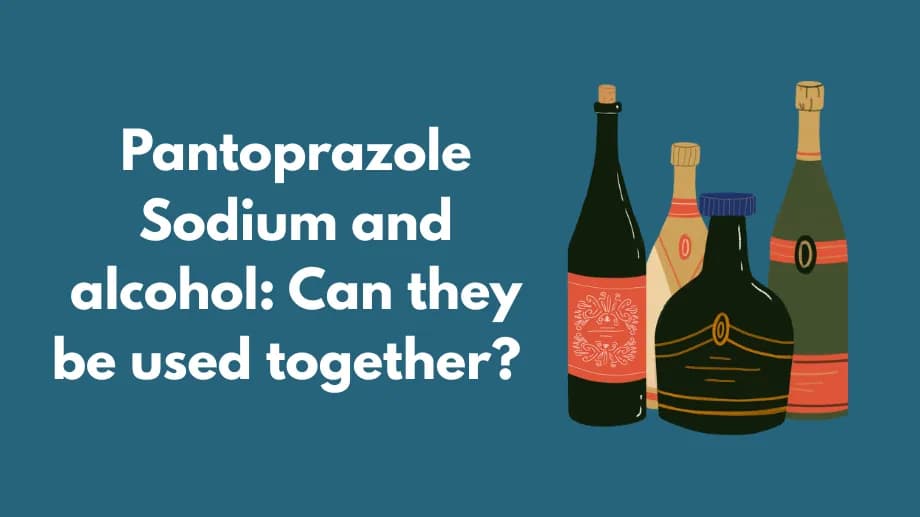Pantoprazole Sodium and alcohol: Can they be used together?

Pantoprazole sodium (brand name Protonix) treats acid-related conditions such as GERD and esophageal damage. While no direct interaction between pantoprazole and alcohol is documented, alcohol can increase stomach acid production and may worsen GERD symptoms or increase common side effects.
Lower‑alcohol beverages (beer, wine at ~5% ABV) tend to stimulate acid production more than higher‑proof spirits (gin, whiskey). Both pantoprazole and alcohol can cause similar effects, including headache, nausea, vomiting, and dizziness. Discuss with your healthcare provider whether moderate alcohol intake is appropriate during pantoprazole therapy.
Pantoprazole Sodium FAQs
What is pantoprazole used to treat?
- Short‑term treatment of erosive esophagitis due to GERD
- Maintenance of healed erosive esophagitis
- Zollinger‑Ellison syndrome and other acid‑hypersecretion conditions
- Off‑label: NSAID‑induced peptic ulcers and related conditions
How does pantoprazole work?
It irreversibly blocks the gastric H+/K+ ATPase proton pump, reducing acid production. Lower acidity relieves heartburn and allows damaged tissues to heal.
What are the side effects?
Common side effects:
- Headache
- Nausea
- Stomach pain
- Diarrhea
Other possible effects:
- Constipation
- Dizziness
- Joint or muscle pain
- Gas and indigestion
Rare serious effects:
- Severe allergic reactions (hives, facial swelling, breathing difficulty)
- Bone fractures with long‑term use
- C difficile–associated diarrhea
- Kidney injury
- Severe skin reactions (Stevens‑Johnson syndrome)
- New or worsening lupus
- Low magnesium or B12 with prolonged use
What warnings and precautions apply?
Do not take if allergic to pantoprazole or its ingredients. Inform your provider if you have low magnesium, calcium, or potassium, are pregnant or breastfeeding.
Are there drug interactions?
Pantoprazole is safe with antacids. Other interactions include:
- Antiretrovirals (nelfinavir, rilpivirine, atazanavir)
- Drugs requiring acidic environment (e.g., ketoconazole, itraconazole, certain cancer therapies)
- Warfarin, methotrexate, clopidogrel
When should you take pantoprazole?
Take delayed‑release tablets once daily in the morning, with or without food. Swallow whole. Granules for oral suspension should be taken 30 minutes before a meal, mixed only with apple juice or applesauce.
If you miss a dose, take it as soon as you remember unless it is close to the next dose; do not double up.
What is the best time of day?
Tablets may be taken any time with or without food; consistency is key. Suspension must be taken 30 minutes before eating.
Related Medications
- Prilosec (omeprazole)
- Nexium (esomeprazole)
- Zegerid (omeprazole/sodium bicarbonate)
- Aciphex (rabeprazole)
- Dexilant (dexlansoprazole)
- Prevacid (lansoprazole) and Prevacid SoluTab




